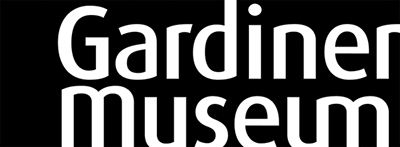Italian Porcelain

The earliest European porcelain was made in Florence between 1575 and 1587 under the patronage of Francesco I de' Medici, grand duke of Tuscany. A limited number of highly individual soft-paste porcelain objects were made.
Porcelain was not produced again in Italy until the early eighteenth century. Christoph Conrad Hunger, one of Du Paquier's original partners in Vienna, joined Francesco Vezzi to establish a porcelain manufactory in Venice. Hunger passed on two secrets of the production of porcelain known as the arcanum: access to kaolin and his knowledge of colours. In 1762 two other hard-paste porcelain enterprises, Le Nove and Cozzi, were established in Venice.
The Marchese Carlo Ginori began making hard-paste porcelain at Doccia in Florence in 1737. He also acquired expertise from two employees of Du Paquier. The manufactory is still in operation today. A famous soft-paste porcelain manufactory also operated at Capodimonte, Naples, between 1743 and 1759.
The Gardiner Museum’s Italian porcelain collection is modest in size. It was established by George and Helen Gardiner and enriched by gifts from the collection of Dr. Hans Syz.
























